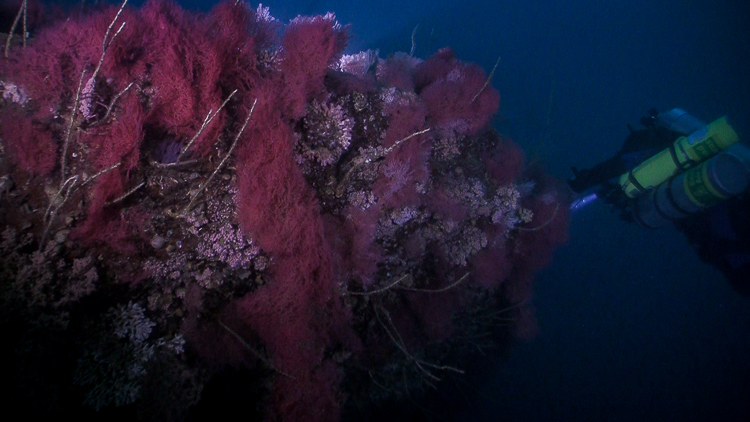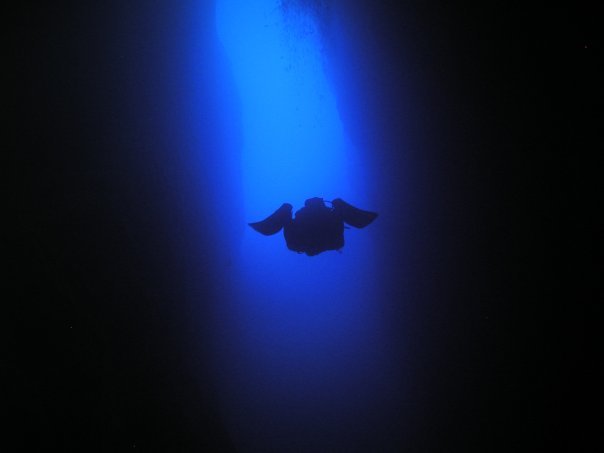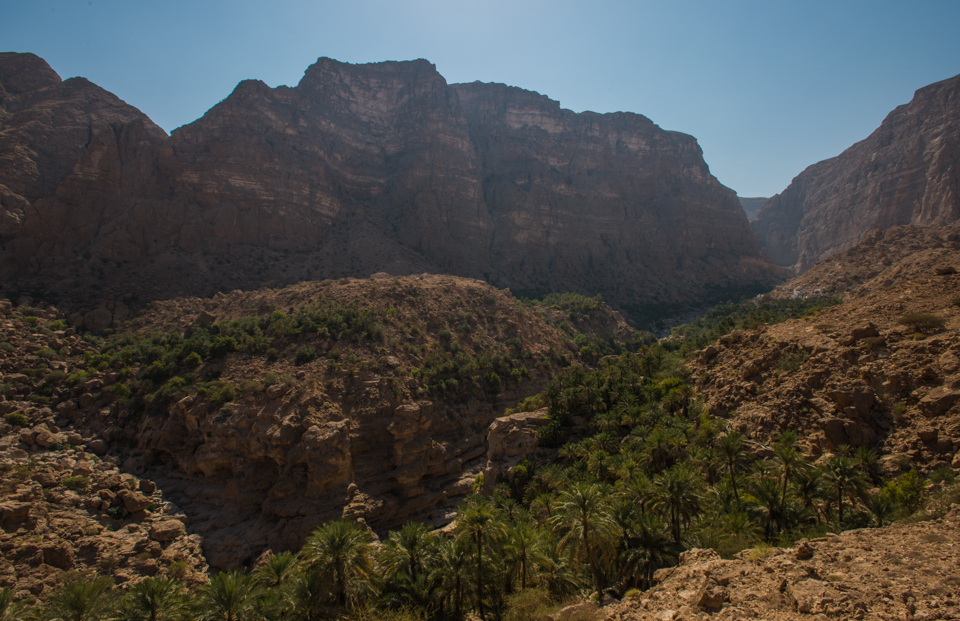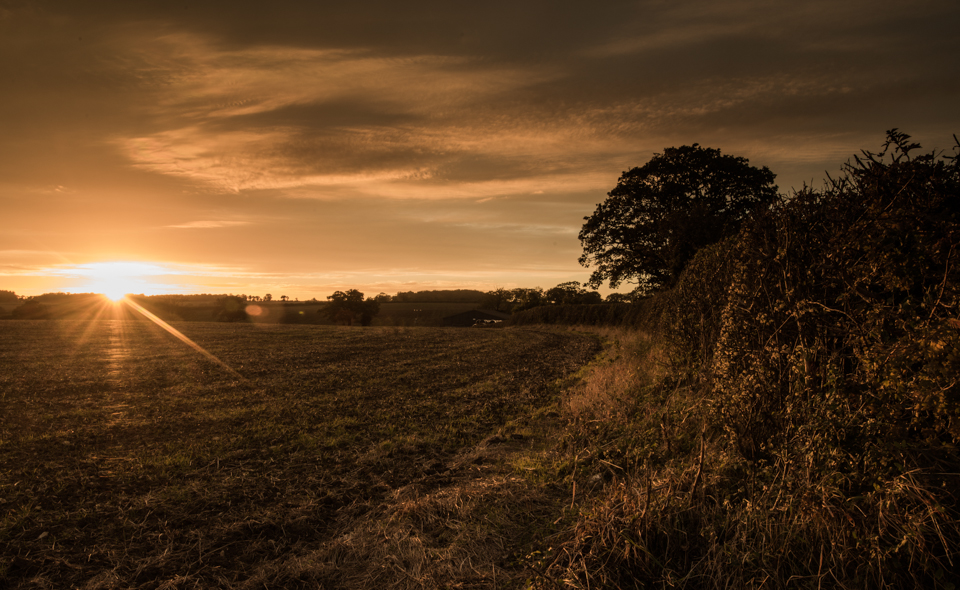Mindblown: a blog about philosophy.
-
Sulawesi Macaques
At the end of 2012, I headed out to Tangkoko National Park in North Sulawesi, Indonesia with Rolf Steinmann and his beloved Alexa in order to spend 7 weeks in the jungle capturing the magical, cheeky, frequently-frustrating but endlessly loveable antics of the Sulawesi Macaque, also known as the Mohican Monkey. Like many species living…
-

A Barge Less Dived…
[embedit snippet=”roberts-barge-vimeo-video”] Finding the Wreck Almost a year ago Marcus and I headed out to check out some marks in the hope of finding something new to dive. Our plan to survey three or four sites that day was cut short by inclement weather, however the time we had yielded some success; the echo revealed…
-

Away
Hi all. I have been exceedingly busy over the past couple of months so haven’t had any time at all to update my blog. I’ve got a bit of time to consolidate now though so I’ll be putting up some posts I’ve been meaning to get up for a while over the next couple of…
-

Wadi Tiwi to Wadi Bani Khalid – E35 – Oman Mountain Club
Last week I finally managed to get out and do the Wadi Tiwi to Wadi Bani Khalid trek with the Oman Mountain Club. It’s a pretty easy walk, if long, with stunning views at every turn along the way. Doing it this way takes you from the seaward facing Wadi Tiwi, up and across the…
-

Autumn Light
The light is pretty stunning at the moment. And the UK has weather!
Got any book recommendations?